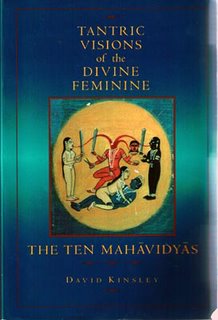On Sunday I went to the Brooklyn Museum of Art to see an exhibit called Tree of Paradise: Jewish Mosaics from the Roman Empire. Its on view until June 4.
Apparently on February 17, 1883, French army captain Ernest de Prudhomme had soldiers under his command in Hammam Lif, Tunisia, prepare his backyard for a garden. To their suprise instead of just dirt and rocks they found the remnants of an ancient synagogue floor.
According to an inscription in the center of mosaic, the floor was a gift from a woman named Julia Naro. ("Your servant, Julia Naro, at her own expense, paved the sanctuary floor for her salvation.") Central themes of the mosaic include the creation, the tree of life and the tree of paradise. Images of birds and fish adorn the vine-themed panels.
Now, this exhibit astonished me. For some reason I thought: 1) women weren't allowed to have any role in the synagogue in ancient times, or that 2) women could own their own money let alone publically announce to the religious world how they were spending it.
And I was absolutely blown away when I read this: "Archeological and inscription evidence... shows that the synagogue provided a place where women could participate fully in religious life, often acting beyond rabbinic prescription. More than a quarter of the known donors to ancient synagogues were women."
Wow.
Over the weekend I also read an article about Asherah. Asherah is the often-maligned Queen of Heaven in the Bible and, according to several archeological digs, Yahweh's consort. (There's some controvesy here: the inscription either reads reads Yahweh and his Asherah or Yahweh and Asherah.) Asherah was often represented by and worshipped as a tree. (This is a common theme in goddess mythologies the world over.) The author--can't recall her name right now, but I'll post it in the AM--puts forth the idea that Asherah worship wasn't really obliterated but subsumed into make-dominated Judaism. How? In the form of the eight branched tree present in every Jew's home, the menorah, and in the Kabbalah Shekinah.
And of course in those roman mosaics at the Brooklyn Art Museum the menorah is a repeated theme. A plaque next to one of the exhibits claims that at the Jerusaleum temple the menorah had seven branches, not the contemporary eight. Seven. Also the number of gates Inanna, another queen of heaven, has to pass through to reach the underworld.

































